10 Artists you need to Know 👀 #3
II've done the digging so you don't have to. Your next favorite artist is in here.
1 | Bo Bartlett
Bo Bartlett (b. 1955) is an American realist painter whose monumental canvases blend everyday life with dreamlike surrealism.
A protégé of Andrew Wyeth, he paints family and friends in his Georgia childhood home and Maine island retreat. Critics dismissed his work as “idiotic” in the 1990s, but he gained passionate collectors and in 2018 Columbus State University opened the Bo Bartlett Center in his hometown. His paintings combine Hopper’s loneliness with Lynch’s uncanny strangeness.
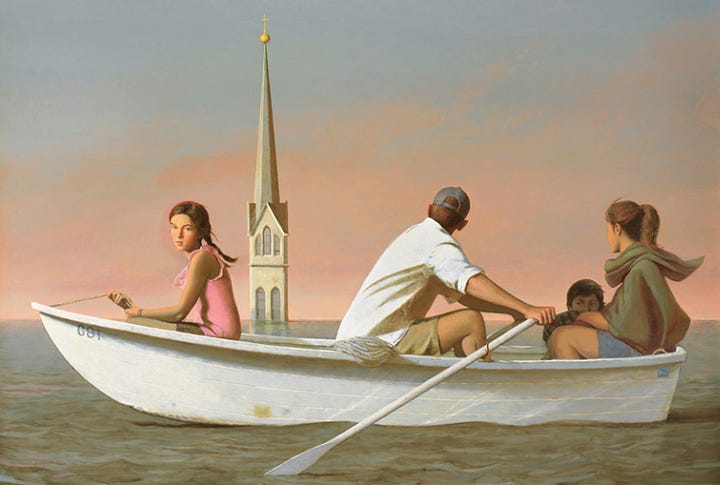
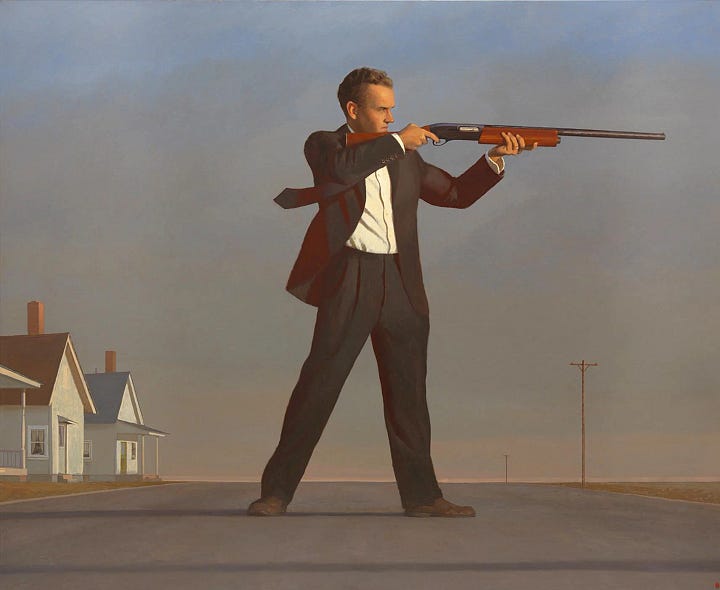
2 | Mark Harrison
Mark Harrison (b. 1963) is a British painter who illustrated over 480 fantasy and sci-fi book covers before quitting commercial work in 2003 to paint fine art landscapes.
His atmospheric cityscapes and coastal scenes use single light sources: moonlit nights and contre-jour daylight, with influences from Southeast Asian art. Represented by Abend Gallery and exhibited at juried shows including the Royal Institute of Oil Painters, he bridges genre illustration and contemporary landscape painting.
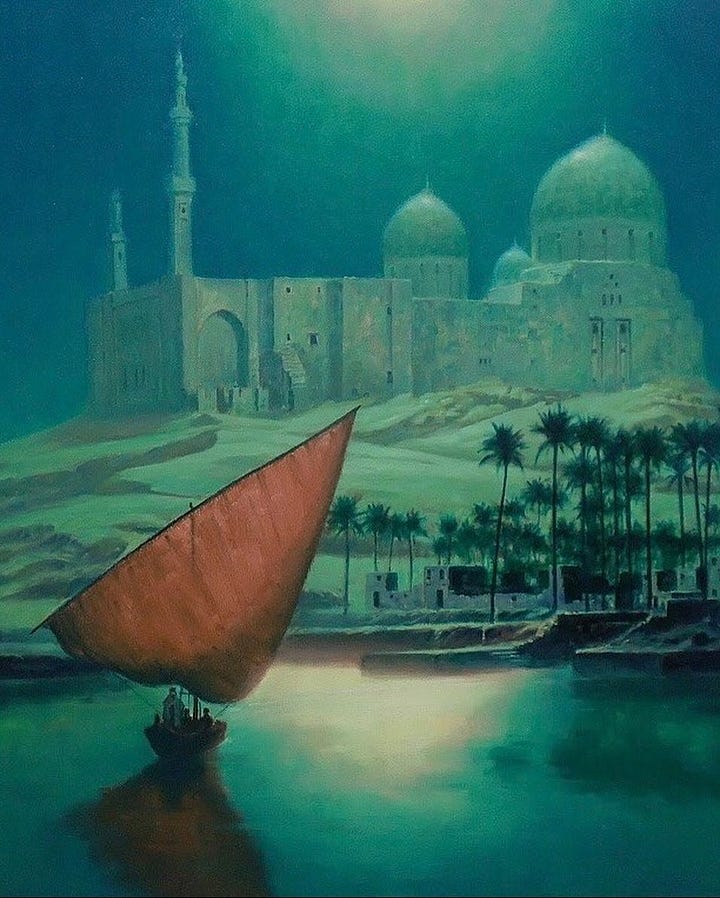
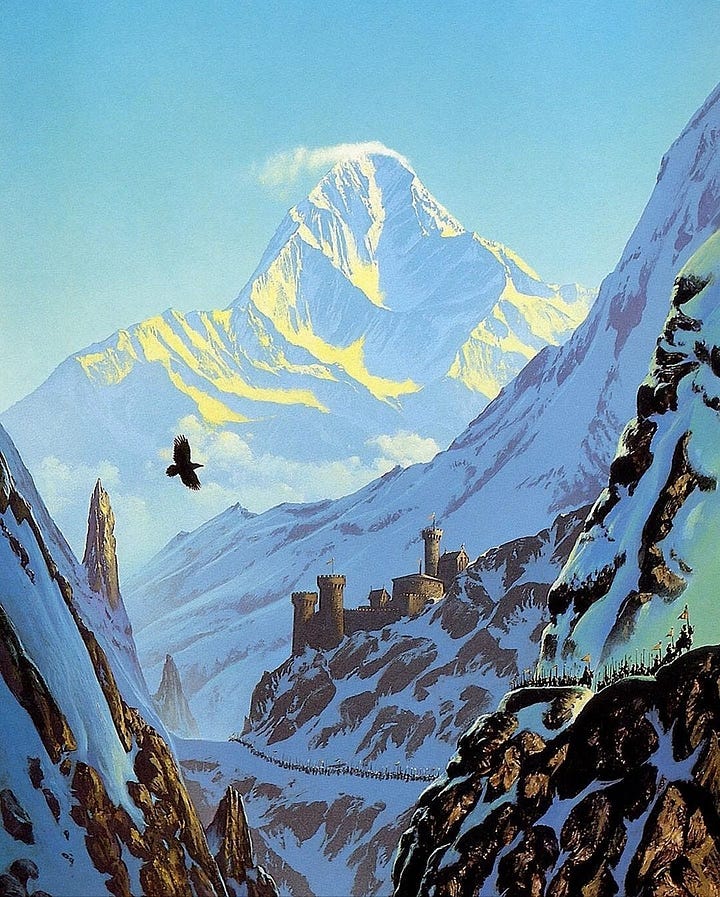
3 | Valery Slauk
Valery Slauk (b. 1947) is a Belarusian graphic artist known as the “Belarusian Dürer” for his intricate black and white etchings depicting Slavic mythology.
Working with jeweler’s precision, he transforms folklore creatures into densely detailed compositions where hundreds of fantastic characters coexist.
His illustrations for the Encyclopedia of Belarusian Folklore became defining images of Slavic myth for contemporary audiences. An Honored Artist of Belarus, his work is held in museums across Austria, Italy, and Germany.
4 | Volker Hermes
Volker Hermes (b. 1972) is a German artist who digitally manipulates Old Master portraits by obscuring faces with elements already present in the paintings: ruffs become masks, fabrics engulf sitters. His “Hidden Portraits” series went viral during the 2020 pandemic, becoming unexpectedly prescient.
Using only components from original works, he comments on representation and social status while revealing that portraiture’s coded symbols remain illegible to modern viewers. Featured by Vogue, Christie’s, and the Metropolitan Museum.
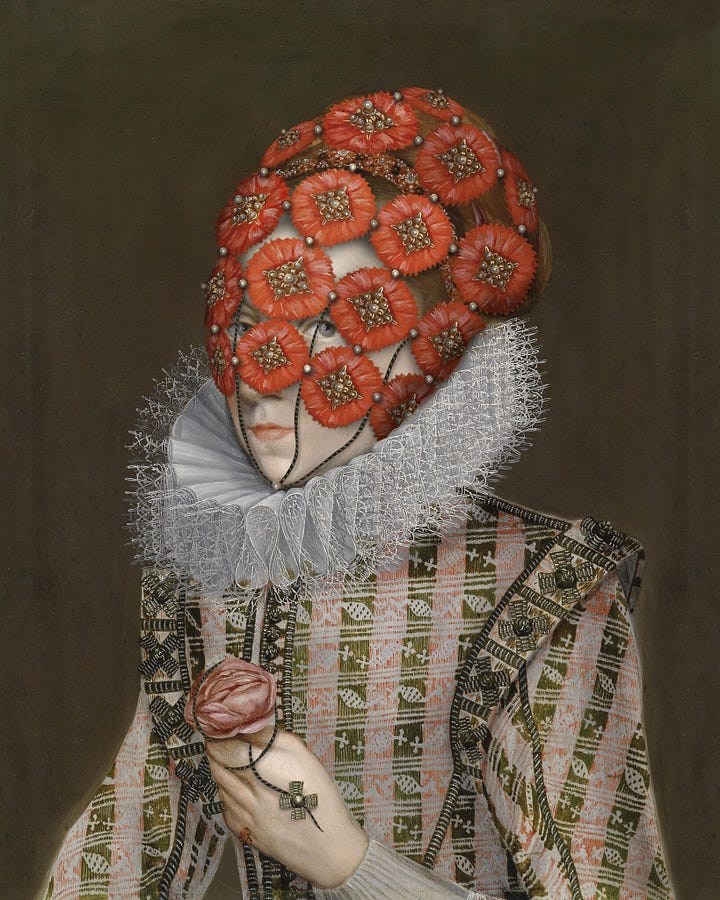
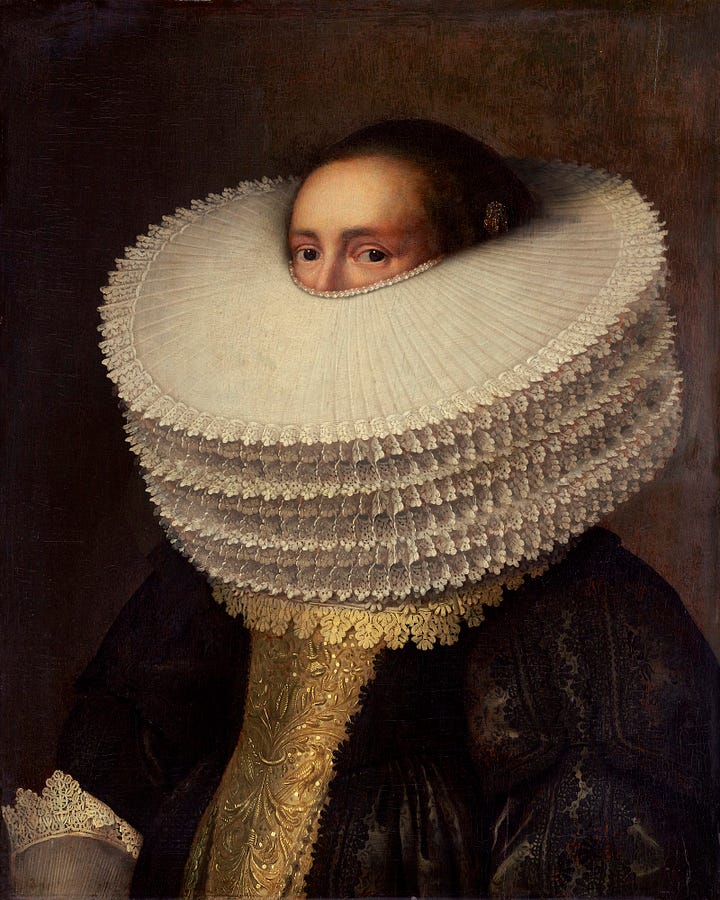
5 | John Melhuish Strudwick
John Melhuish Strudwick (1849–1937) was a late Pre-Raphaelite painter whose meticulous technique produced only thirty paintings in his distinctive quattrocento-inspired style.
Working as studio assistant to Burne-Jones in the 1870s, he developed labor-intensive compositions with jewel-like precision. George Bernard Shaw defended him against accusations of plagiarism. Following 20th-century developments, the art world rejected his work, forcing him into artistic silence, though he lived to ninety-three.
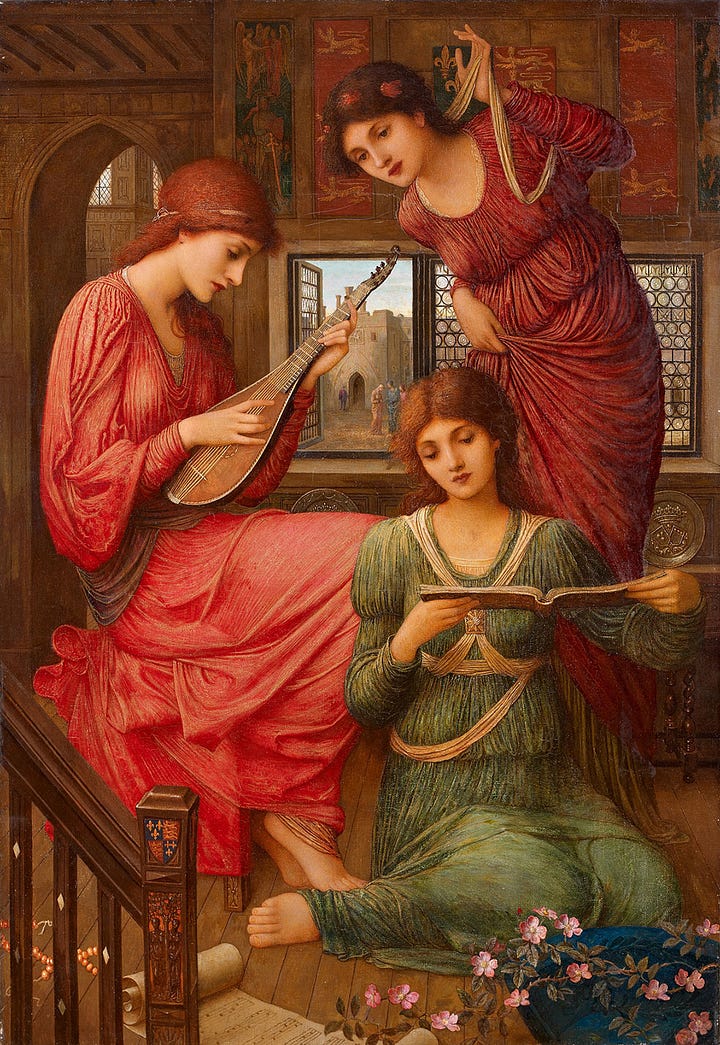

6 | Paul Reid
Paul Reid (b. 1975) is a Scottish painter who depicts Greek mythology with cinematic drama and Old Master technique. Trained at Duncan of Jordanstone despite tutors saying he was “doing it all wrong,” his gods and minotaurs inhabit the Scottish landscape convincingly.
In 2004, Prince Charles invited him on an official trip to Turkey and Jordan to paint. His work deliberately rejects conceptualist trends, offering neo-classical figuration when deeply unfashionable.
7 | Sir William Nicholson
Sir William Nicholson (1872–1949) was a British painter and printmaker whose career spanned revolutionary 1890s woodcut posters to poetic still lifes. With James Pryde, he created bold Beggarstaff Brothers posters that influenced modern graphic design.
His woodcut series with Rudyard Kipling won a gold medal at the 1900 Paris Exposition. Transitioning to painting, he became known for luminous still lifes and Sussex landscapes. Father of painter Ben Nicholson, he was knighted in 1936.

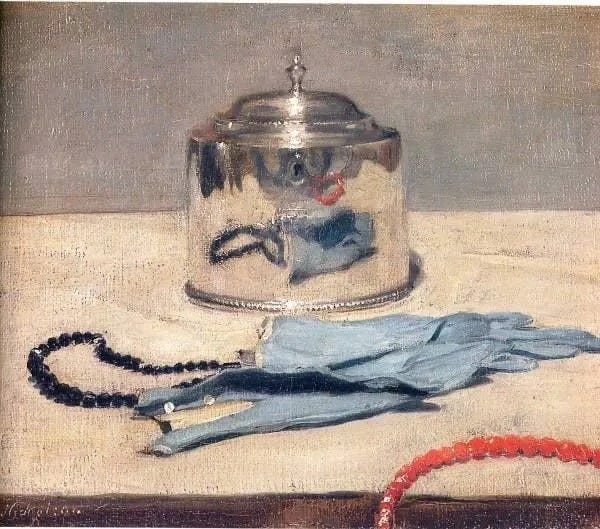
8 | Per Adolfsen
Per Adolfsen (b. 1964) is a Danish artist who creates hallucinatory landscape drawings in colored pencil and graphite. Influenced by Edvard Munch, he depicts overlooked places near his home (stubble fields, coastal rocks) with outlandish colors like bright orange and magenta.
His swirling, fibrous textures create believable yet surreal visions. The drawings, devoid of human figures, become self-portraits of someone introspectively impacted by the earth.
9 | Maruja Mallo
Maruja Mallo (1902–1995) was a Spanish surrealist and central figure in the Generation of ‘27 alongside Dalí and García Lorca. Dalí described her as “half angel, half shellfish.” André Breton purchased her painting Scarecrow in 1929.
Exiled to Buenos Aires during the Spanish Civil War, her contemporaries ostracized her, erasing her from canonical histories. She returned to Madrid in 1965, received gold medals late in life, and is now in the Reina Sofía and Centre Pompidou.
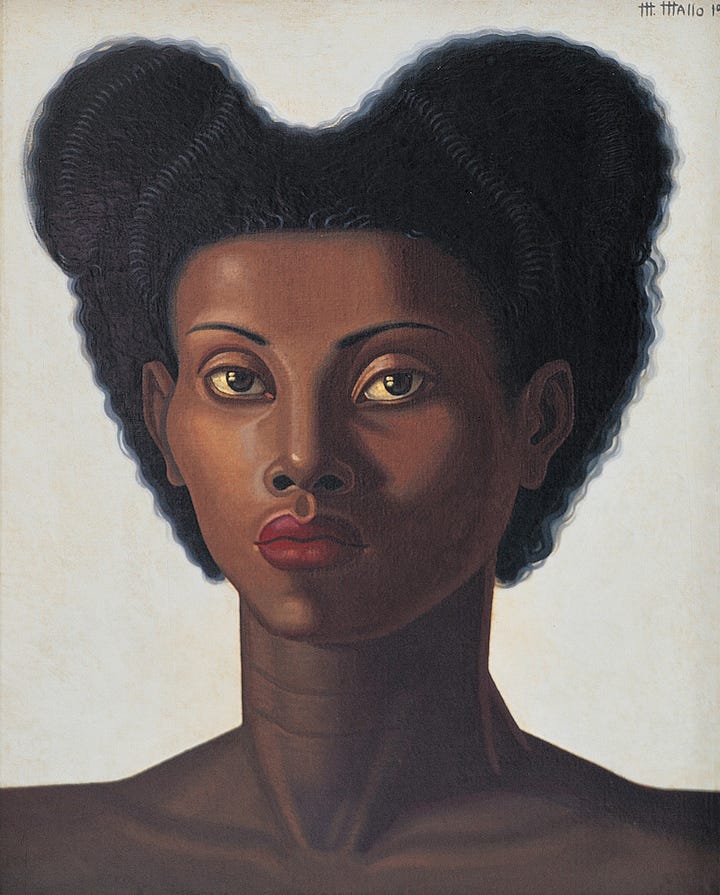

10 | Florine Stettheimer
Florine Stettheimer (1871–1944) was an American modernist painter and salonnière who developed a feminine, theatrical style depicting Jazz Age New York’s avant-garde. With her sisters, she hosted salons attracting Duchamp, O’Keeffe, and Stieglitz.
Her fantasy cityscapes were praised as having a “jazz” quality but dismissed as “not serious art.” She designed sets for Gertrude Stein’s Four Saints in Three Acts and created four monumental “Cathedrals” celebrating New York. None sold during her lifetime. Duchamp curated her 1946 MoMA retrospective.


🎁 Looking for a unique gift? Give a year of fun art history for a friend’s birthday or Christmas.
10 Artists Nobody Talks About (But Should) 🔥
II’ve done the digging so you don’t have to. Your next favorite artist is in here
28 Paintings That Inspired Album Covers
Coldplay used Delacroix. Guns N’ Roses borrowed Raphael. Here are 28 album covers that stole from the masters.
How Artists Unknowingly Painted Breast Cancer 🦠
Famous artists captured breast cancer perfectly without knowing what they were seeing. Modern medicine finally understands.



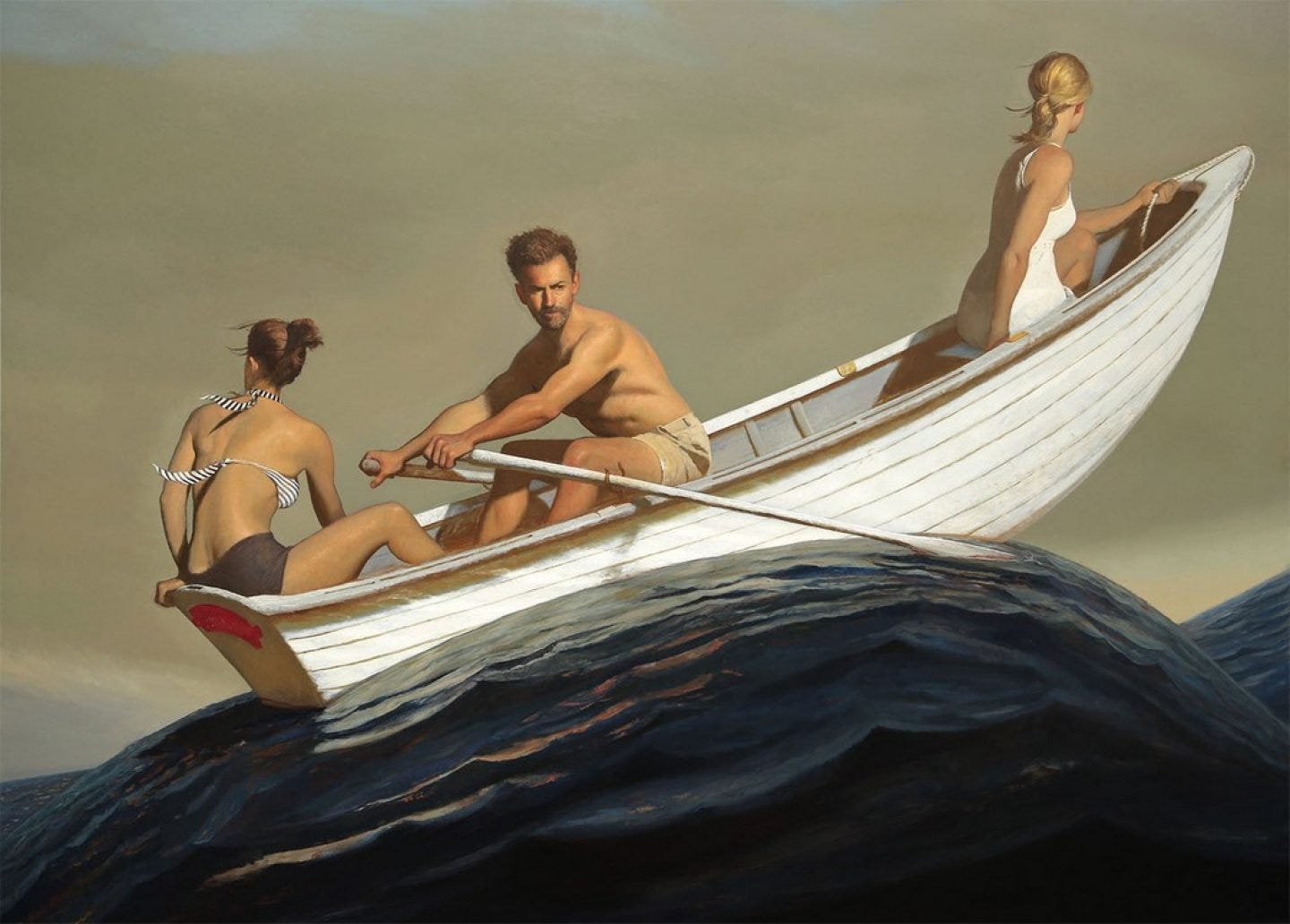
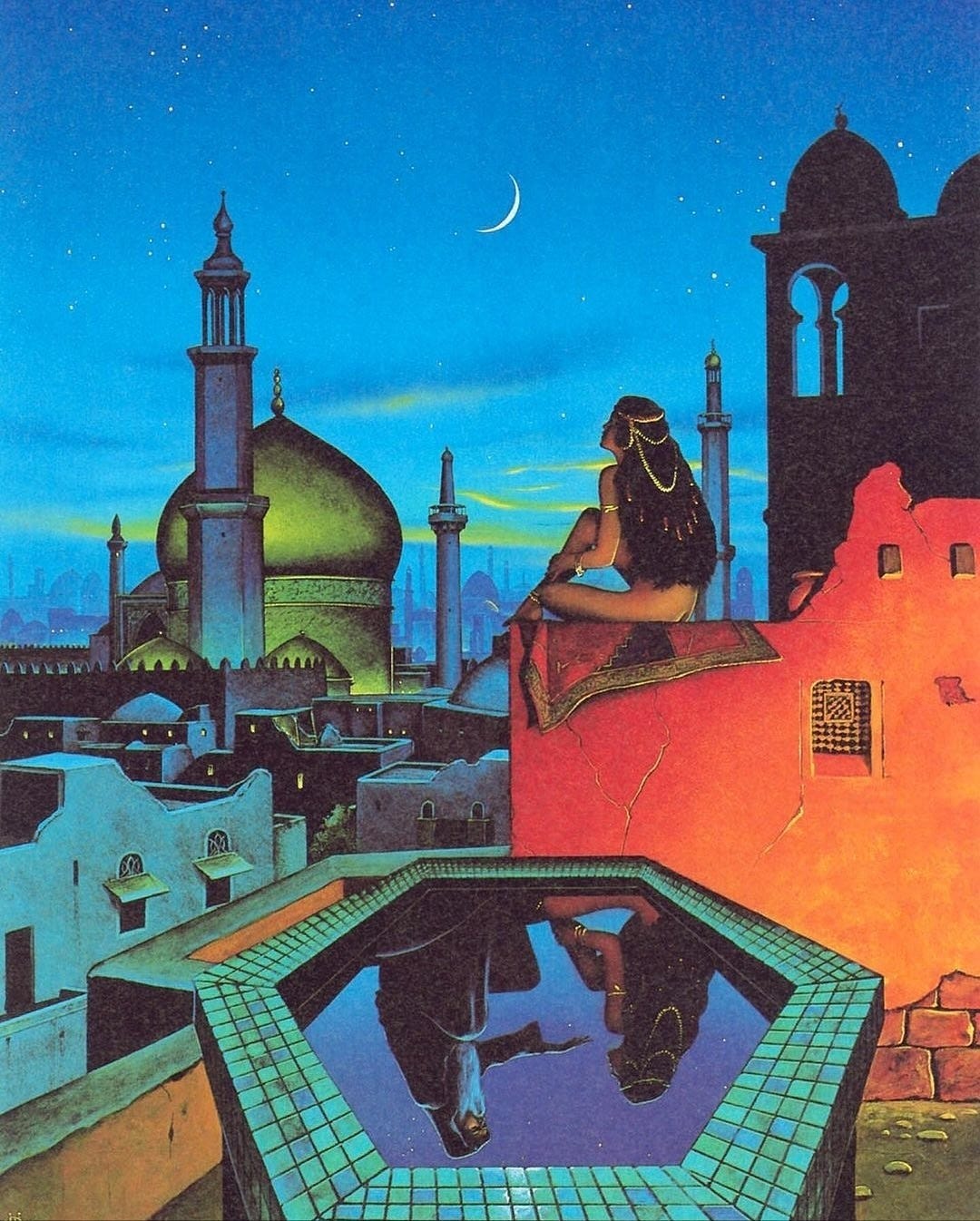
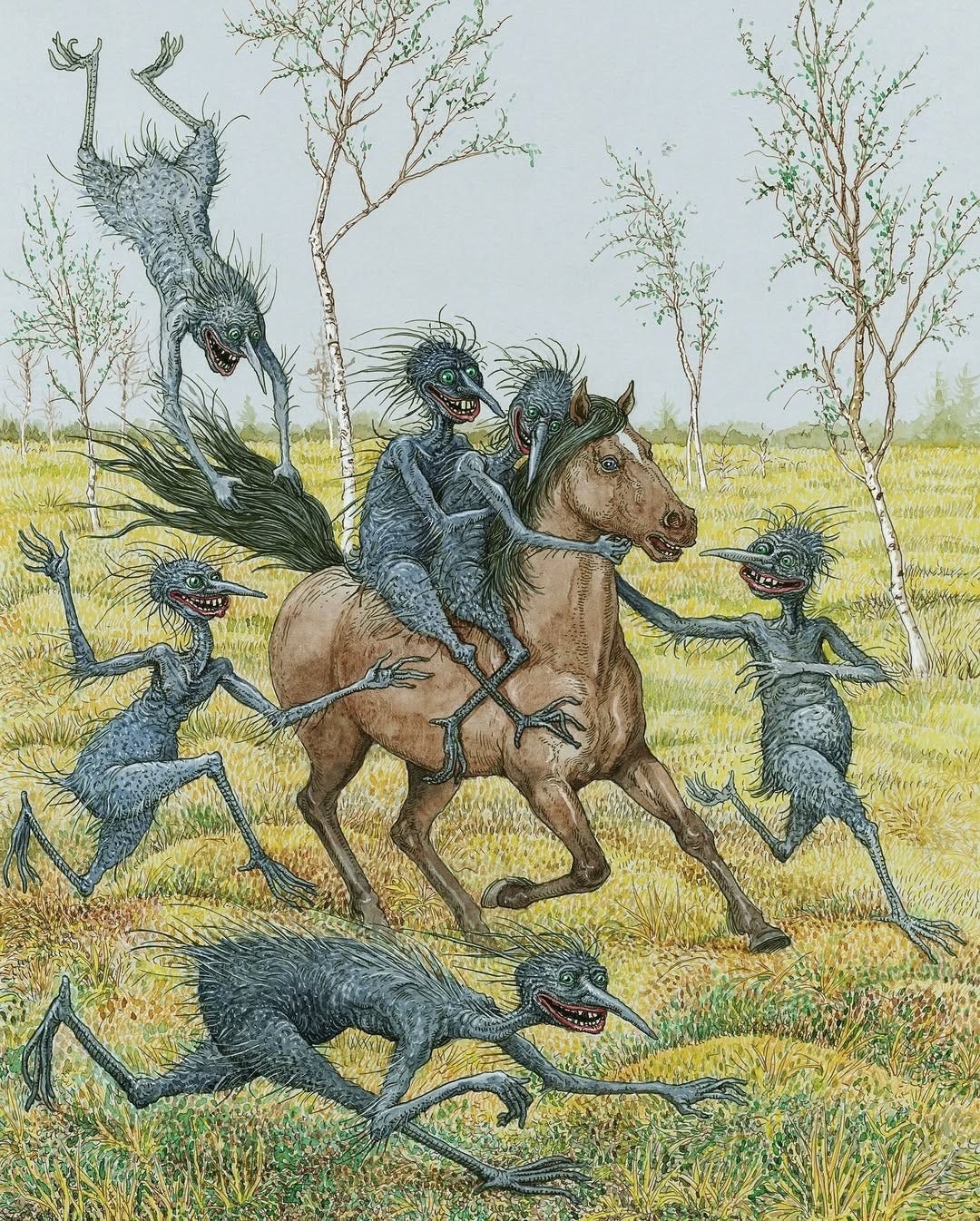
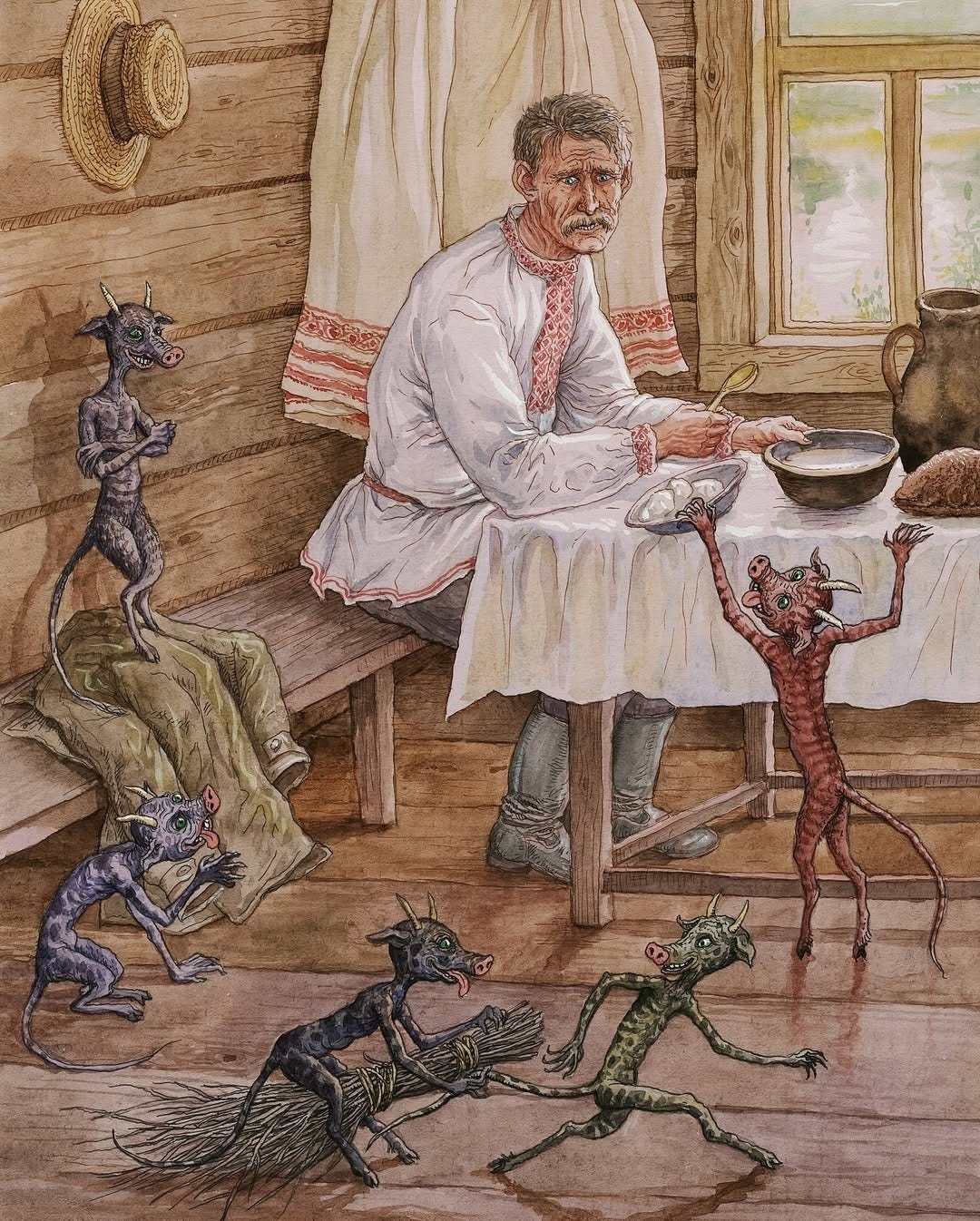

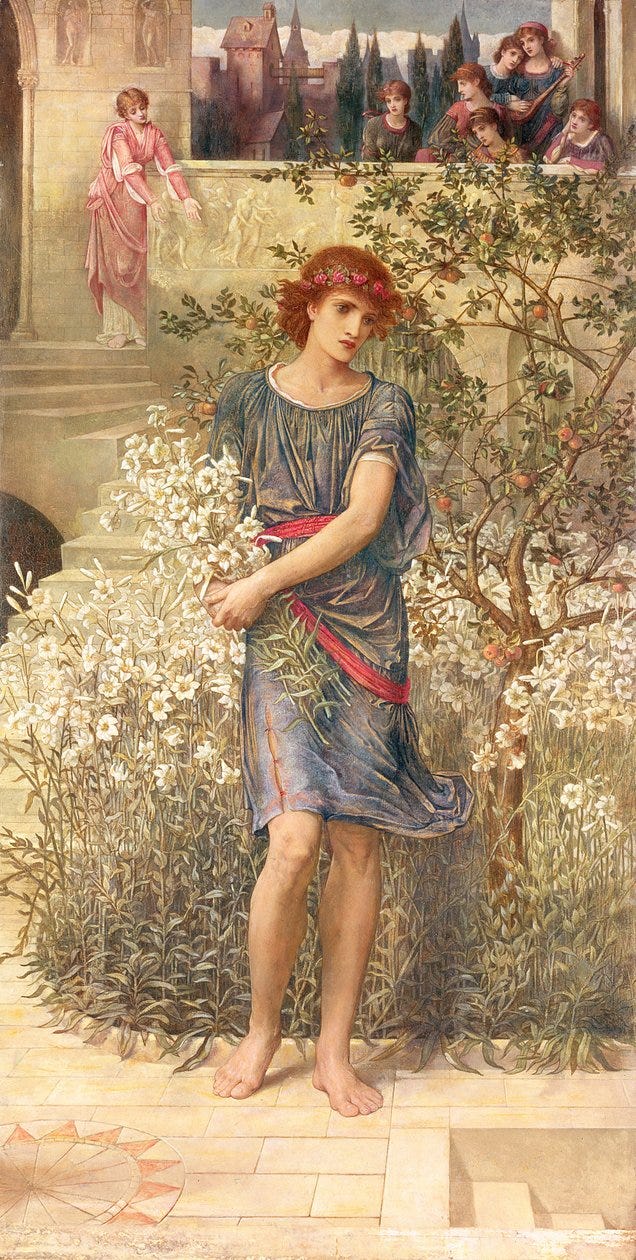



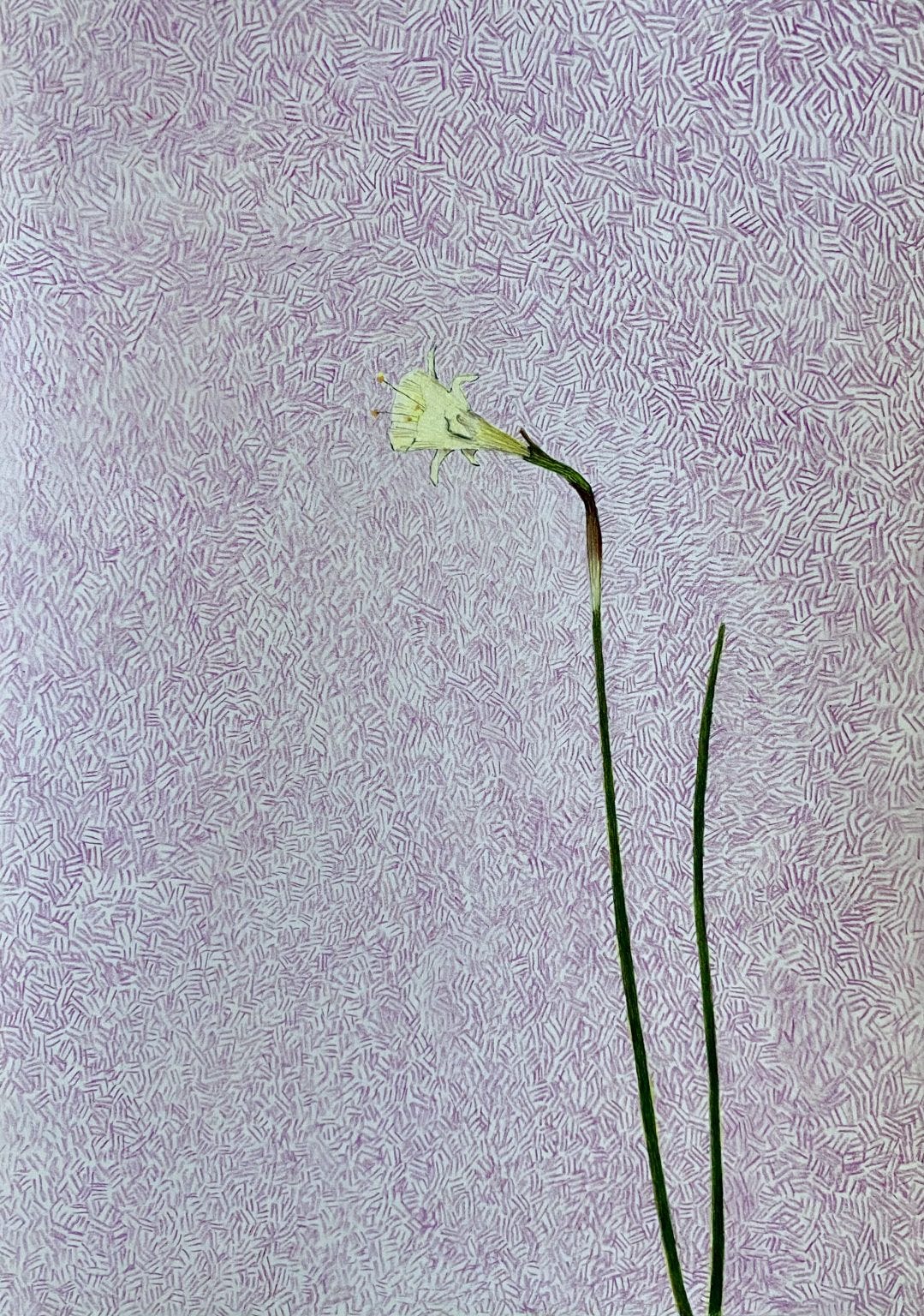
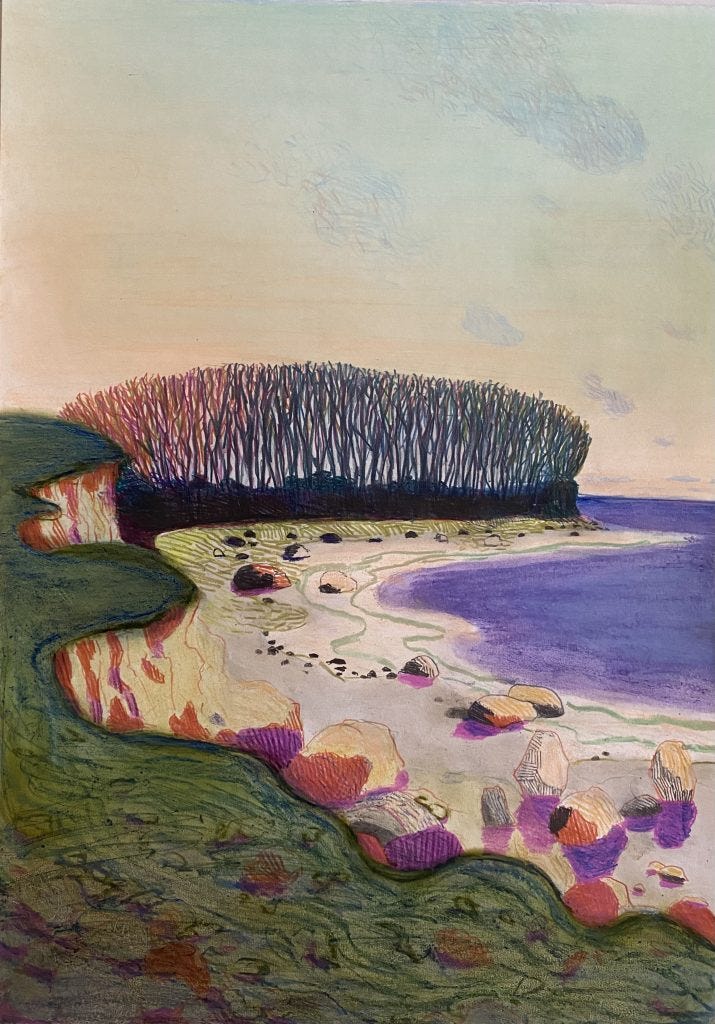




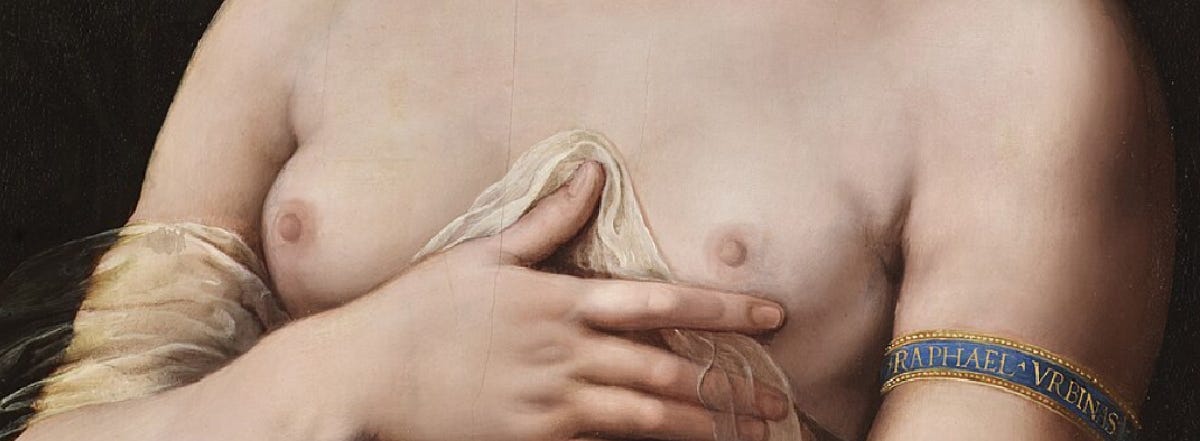
What a great list! We love Bo Bartlett and visit The Bo Bartlett Center whenever we're driving through Georgia!
I absolutely love this 😀